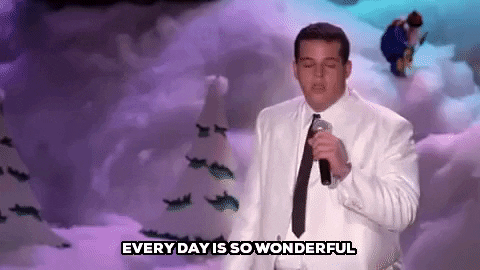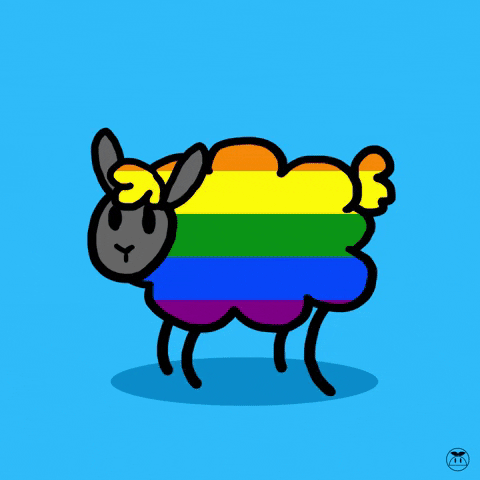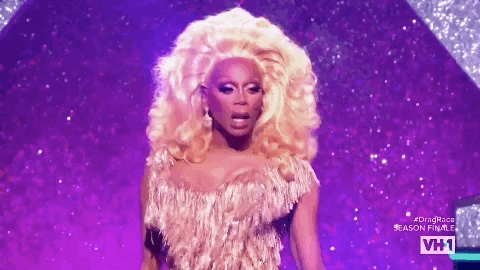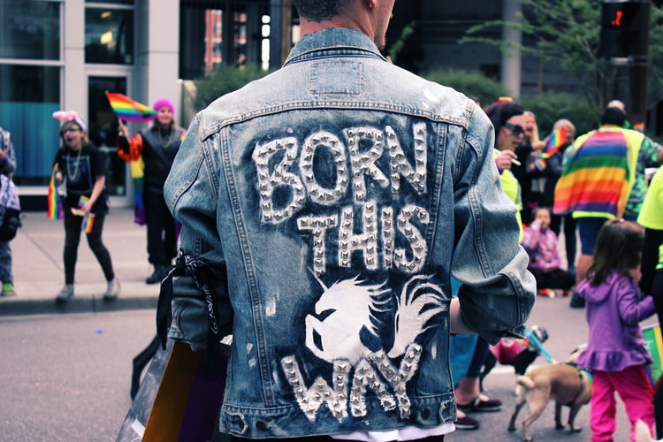Hello everyone, my name is Jade and I’m a pansexual. No, this does not mean I am attracted to pans *insert eye roll here*, it means I am attracted to people regardless of gender; I am attracted to all gender identities, not just male and female (which is what bisexual generally means) – and I demand better representation of the LGBTQIA+ community in our media.
Even in this modern era, where many people have become accepting and open-minded toward alternative lifestyles that differ from the norm, there is still an issue of incorrect representations.
There are certain archetypes overrepresented in media depictions of LGBTQIA+ people, such as:
The hyper-feminine gay best friend of the white female protagonist. This character is by far the most overdone in LGBTQIA representation. Think of Christian Stovitz from Clueless, Brandon from Easy A, Damien from Mean Girls, Kurt Hummel from Glee, Patrick from The Perks of Being a Wallflower. Do I need to continue? I think not.

Another archetype is the effeminate sassy black gay best friend. My favourite examples are Cinna from The Hunger Games and Lafayette Reynolds from True Blood. And there is also a trans example of Unique in Glee.
Another problematic stereotype is the butch lesbian who doesn’t fit socially constructed beauty standards; they appear shortly for a line or two in many tv shows as though to tick the ‘diversity’ box. It’s not good enough.
These characters are never main characters, nor do they add anything other than generally rude, offensive ‘humour’ to a storyline – they’re seen as a bit of a joke in Hollywood.
We need to see more in-depth characters of this persuasion, they need to be real characters with dreams, passions, fears, hopes and relatable stories. A notable exception to this issue is actor-comedian Ellen DeGeneres from The Ellen Show. What is even more upsetting is that TV seems compelled to create ‘straight’ butch characters instead of having actual LGBTQIA+ representation. Examples include Coaches Sue Sylvester and Shannon Beiste from Glee, and Brienne of Tarth from Game of Thrones – these characters had the potential to be stepping stone representations for lesbians but the writers couldn’t rise to the challenge of creating complex gay characters.

These particular characters pop up in just about every classic teen-focused movie and tv show. Some other common stereotypical traits these kinds of characters may have is identifying as HIV positive, which further harms LGBTQIA+ stereotypes. I spoke to a gentleman who identifies as part of the LGBTQIA+ community; he said he wished the media would “stop making HIV a taboo in a minority community; HIV is also common in heterosexual relationships”.
This person also pointed out that the media tends to “use promiscuity as part of the narrative” when representing the LGBTQIA community. He feels that this is detrimental to young people who feel like they have to be that way in order to fit the ‘gay’ identity. It also makes it difficult for people wanting to be monogamous in same-sex relationships to find partners who have the same values.

There once was a time when ANY representation for the LGBTQIA+ community was a win, but in this day and age there really is no excuse to keep clinging to these one-dimensional, tokenistic LGBTQIA+ character stereotypes which can be quite dangerous and harmful to young people seeking representation in the media.
Also, let’s stop censoring sex scenes involving people of the same gender. It’s oppressive and homophobic AF.
Research has suggested that representation in mass media affects audiences and raises their educational levels on diversity, and can even change bigoted attitudes.
Media representation doesn’t just change the way other people view minorities such as the LGBTQIA+ community, it also affects how they see themselves. Psychological health can be affected by not having accurate and diverse representation in mass media including low self-esteem, which can lead to mental health implications such as depression or body dysmorphia. This community needs genuine and accurate representations of multifaceted characters, who get legitimate screen time, who are the heroes of the story which will assist in undoing the damage of years of oppression.
If you’re interested in books with diverse representation check out anything by Rick Riordan (besides his original series Percy Jackson); his later work has many characters from all walks of life, including genderfluid hero Alex Fierro.

The high success rates of shows such as RuPaul’s Drag Race, Orange is the New Black, and Queer Eye shows how hungry audiences are for stories of those underrepresented in mass media – give the people what they want, challenge the status quo!

